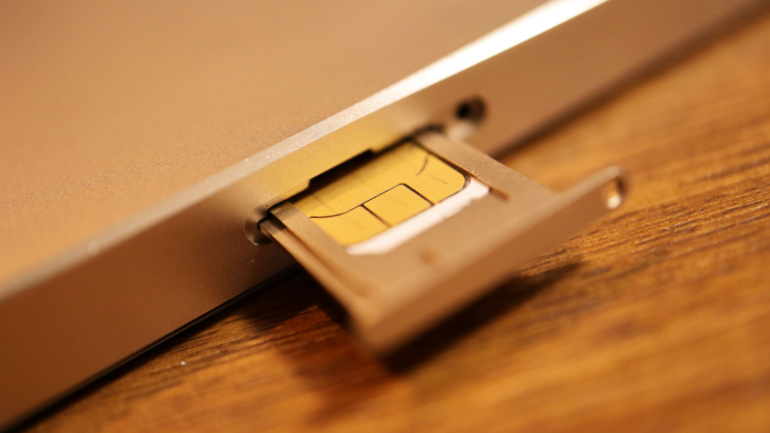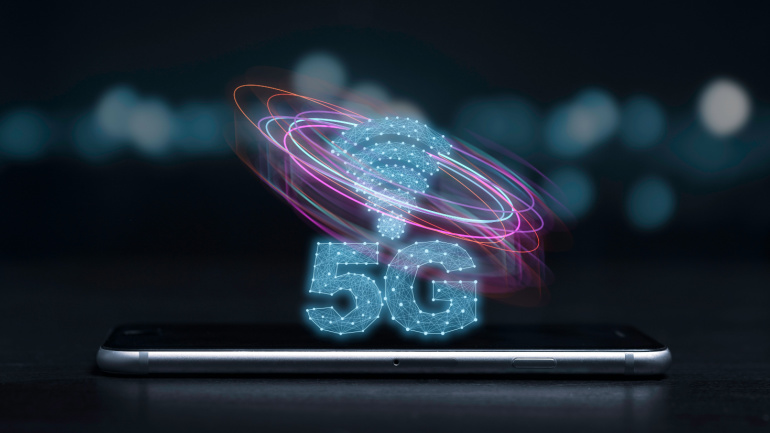TIA updated its Data Center Standards (ANSI/TIA-942) to improve performance and efficiency. Network APIs are gaining popularity globally, particularly in antifraud applications. Spirent and Aviz collaborate on Networking 3.0 for 5G, aiming for open, AI-powered traffic monitoring. Granite receives a US patent for edgeboot, an AI-powered managed PDU.
Infobip, the global cloud communications platform, and Nokia today announced a partnering agreement that will enable the global developer community to leverage both companies’ Application Programmable Interface (API) platforms to build a wider array of telco network powered applications faster for consumer, enterprise and industrial customers.
Brussels witnessed a momentous occasion as the Gigabit Infrastructure Act received its final approval from the European Council on Monday. This legislation, eagerly awaited and heavily debated, is set to become enforceable within days, marking a significant milestone for connectivity development across the European Union’s 27 member states.
Telecom26 and MiWire are pushing the envelope with a pioneering maritime connectivity trial. The eSIM-based service aims to shift the commercial shipping industry’s reliance on costly and inflexible satellite technology, unlocking cost-effective data accessibility. Ships that stick to set routes can benefit from seamless, uninterrupted service leveraging terrestrial cellular networks for up to 50km sea distance, before transitioning to satellite connectivity.
Singtel, a leading telecommunications company, has unveiled a groundbreaking suite of digital security solutions aimed at combating online fraud. This initiative leverages network Application Programming Interfaces (APIs) to authenticate digital identities efficiently, marking a significant step towards enhancing the security of online transactions.
Nokia unveiled specialized, private AI models for the telecom sector to improve network operations and customer service. A coalition of 10 governments agreed on principles for secure 6G networks. IBM and the GSMA have launched a global AI training initiative to bridge the AI knowledge gap among telecom operators. Qualcomm’s Snapdragon X80 modem chip introduces 5G-Advanced support with up to 10 Gbps speeds and six-carrier aggregation.
By the end of this decade, the global number of 5G connections is expected to surge to 5.5 billion, positioning 5G as the leading mobile technology by 2028. This forecast comes from the latest research released by the GSMA. Despite a significant phase of investment in the 5G network already behind us, the mobile industry is set for continuous financial commitment towards enhancing this technology in the coming years.
Nokia and Telecom Argentina announced a collaboration agreement in which Nokia’s Network as Code with developer portal will enable new developer-created use cases for consumer, enterprise, and industrial customers in Latin America markets. The agreement will help foster the GSMA’s Open Gateway ecosystem for network operations in Latin America.
The cellular Internet of Things (IoT) market is set to undergo a significant transformation, thanks to the advancements in eSIM technology, as highlighted in recent research conducted by Omdia. The adoption of eSIM is expected to skyrocket, driven by the GSMA SGP.31/32 specifications, offering unprecedented efficiency, flexibility, and choice to enterprises across the globe.
Recognizing the growing demand for mid-band spectrum, the International Telecom Union (ITU) appends new frequency bands for 5G usage. A significant addition was the 6GHZ spectrum, which is anticipated to facilitate the 5G evolution. Multiple global operators have conducted successful tests, making strides toward a seamless shift to 5G-Advanced. This advancement not only opens a myriad of industry opportunities but also promises an improved user experience potentially comparable to the fiber experience.













